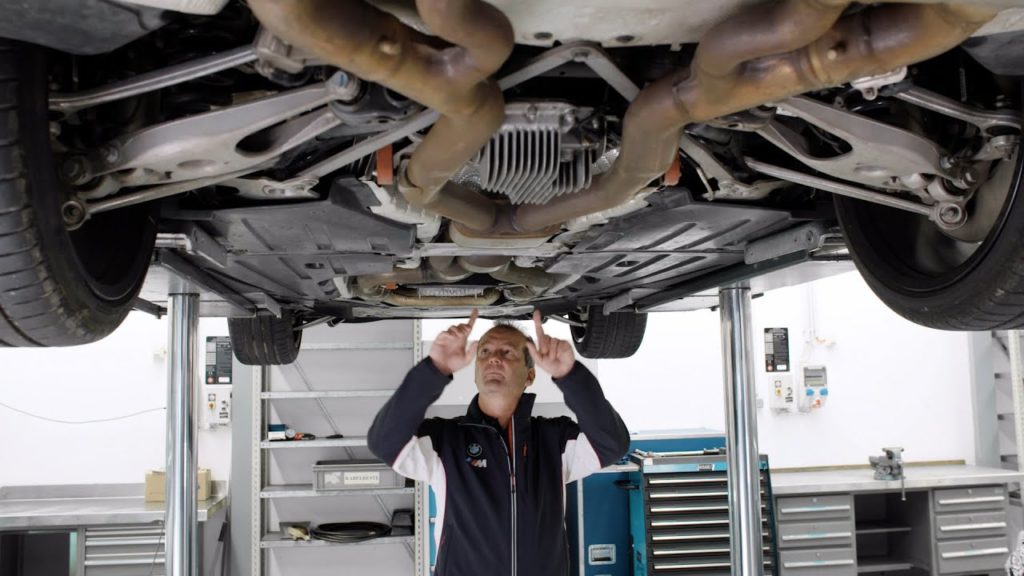Even though it’s almost surely not coming to the U.S., the M3 Touring currently in the works at BMW M is one of the most exciting vehicles in the pipeline. We don’t have to extoll the virtues of BMW sport wagon ownership here; BMW CCA members know perhaps better than anyone that a long-roof BMW is one of the best single-vehicle solutions out there. The formula, or recipe, if you will, is quite simple: A car with plenty of utility in the form of cargo volume and passenger space that doesn’t have an existential crisis when hustled down a backroad or driven at or near the limit. BMW has long excelled at building such vehicles, but the rarified air of a BMW M Touring—or perhaps an Alpina—takes things to another level.
In its history, BMW M has only ever sold two M wagons in any serious volume, the E34 M5 Touring and the E61 M5 Touring. There’s also the E46 M3 Touring that never actually was, which never made it to series production because of the complex changes necessary to adapt it for volume manufacturing. Throughout the course of developing the upcoming G81 M3 Touring, BMW faced very similar challenges.
In the latest video from BMW M on the development of the M3 Touring, the mechanical design and engineering of the car are discussed. You’ll have to watch the full video below to get all of the finer points, but one of the highlights mentioned by Klaus Huber, a 25-year BMW veteran who’s spent the last six years working for BMW M, include flared front and rear fenders to clear the M3’s running gear like the axles. As explained in a previous video, the prototype that is the focus of the series started life as a conventional G21 3 Series Touring before being stripped and rebuilt as an M3.
Other items of note mentioned in the video include optional carbon-ceramic brakes along with a spoiler fitted to the top of the tailgate for optimizing downforce. Rigidity and bracing are of particular importance, as the bulkhead of the M3 sedan and the M4 coupe and convertible isn’t present on the M3 Touring, and BMW M did not want to compromise the interior by bracing the rear shock towers. The suspension is also specific to the model, and makes use of springs and dampers that are stiffer than those found on the rest of the M3 and M4 lineup, to cope with the additional weight. Finally, it sounds like M xDrive is going to be standard on the M3 Touring, just like it is on the M4 Competition convertible.
One other interesting thing mentioned in the video is that BMW M typically tunes its comfort driving mode to conventional public roads, where vehicles can still find themselves traveling at high speeds. Sport mode, on the other hand, is usually honed in on the Nürburgring Nordschleife, while sport plus is dialed in on the Grand Prix circuit of the Nürburgring.
In the case of the M3 Touring, BMW M has repeatedly stated that much of the work is concerned with ensuring the model drives like an M3 should—but we can’t imagine anyone looking to buy one was really worried it wouldn’t live up to the high standards set by BMW M.—Alex Tock
[Photo and video courtesy BMW AG.]
